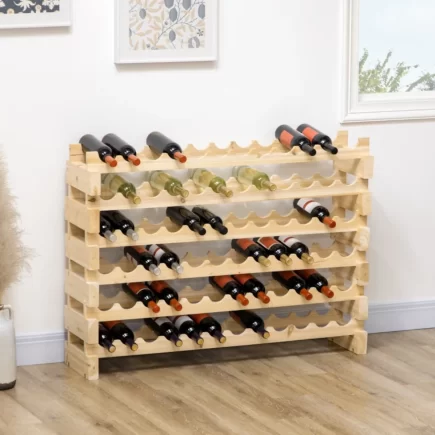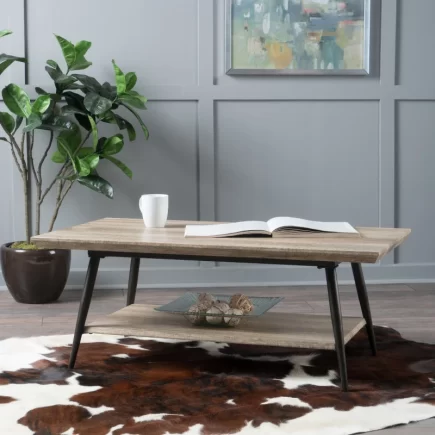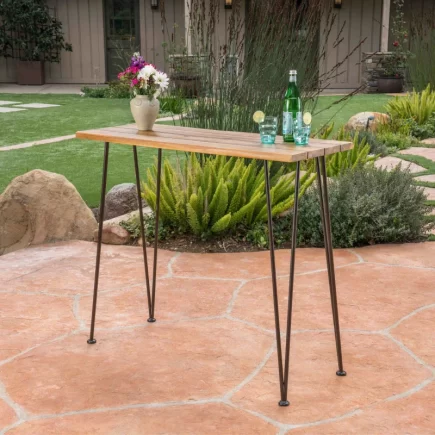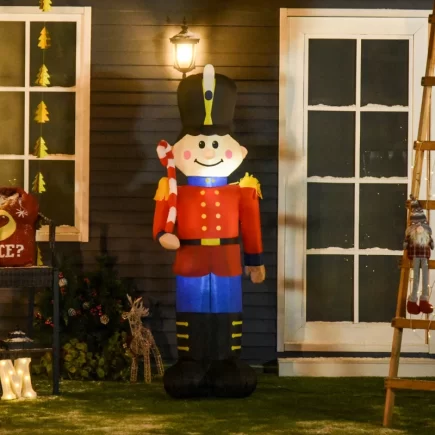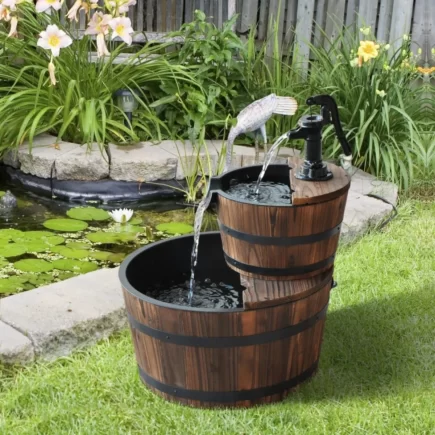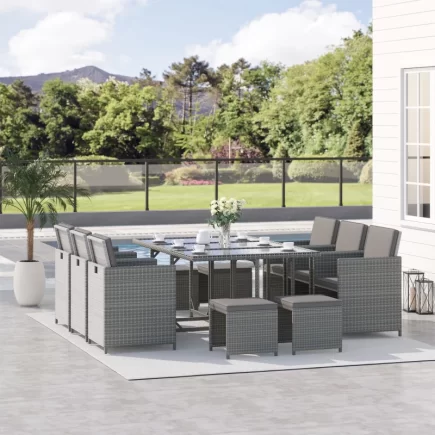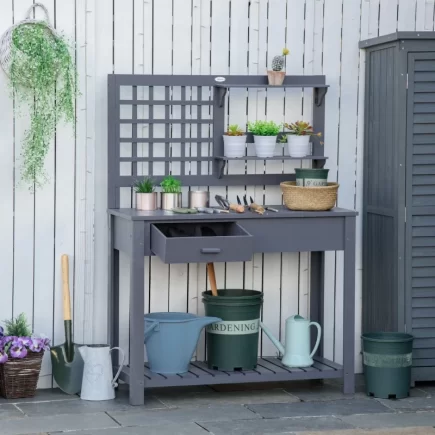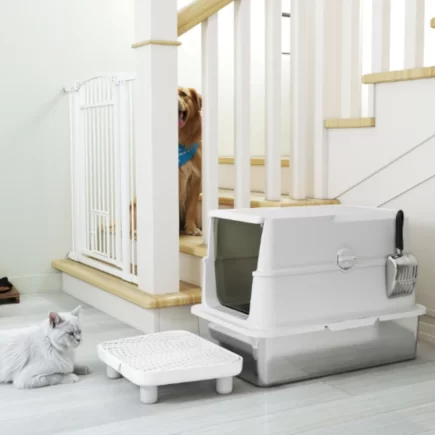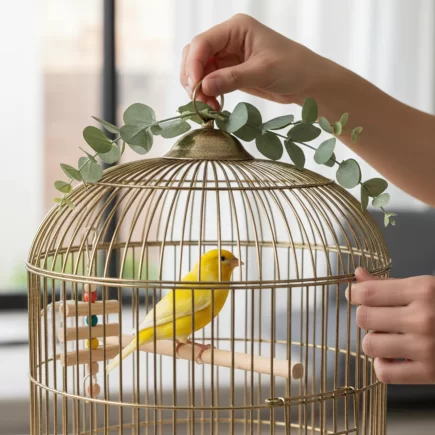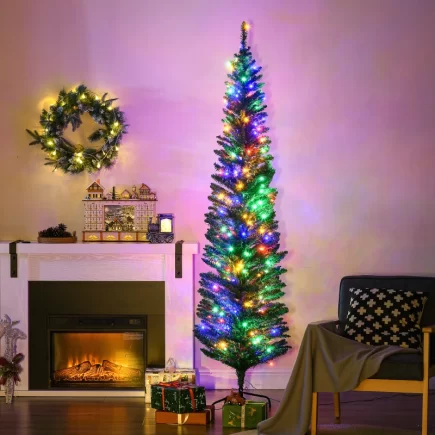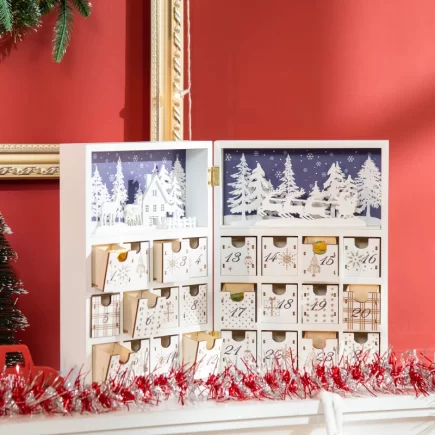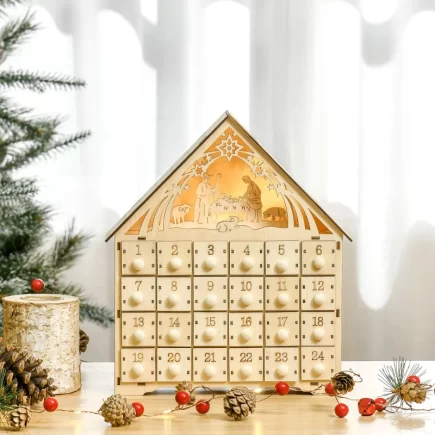A beautifully styled Sideboard Buffet can turn any ordinary room into a thoughtfully designed and inviting space. Whether it sits in your dining room, entryway, or living area, this long, low piece of furniture has the potential to become the star of your home decor. When styled properly, it balances visual appeal and practical function effortlessly. From artwork and decorative accents to storage and lighting, each component plays a key role.

In this article, we’ll walk you through a detailed process of styling your Sideboard Buffet like a pro. Whether you’re decorating a modern home, a traditional interior, or an eclectic space, these steps will help you get a look that feels curated, purposeful, and timeless.
Clear Everything Off First
Before you begin decorating, strip the surface completely. Remove all items and wipe the sideboard clean. This blank canvas helps you evaluate the space without visual clutter and lets you be intentional about what you place back.
Helpful Tip: Take a photo of the empty space and the surrounding area. Viewing it from a different perspective can help spark ideas and show you where balance or contrast is needed.

Decide What You’ll Use It For
Ask yourself how the buffet will be used day-to-day. Is it purely decorative? Will it serve drinks or hold food during gatherings? Does it need to store linens, flatware, or other household items?
Common Sideboard Buffet Uses and Matching Items
| Purpose | Items to Include |
| Dining Room Storage | Serving trays, drink dispensers, cutlery storage |
| Entryway Functionality | Catch-all tray, mail sorter, small bowl for keys |
| Living Room Display | Books, candles, decorative boxes |
| Seasonal Decor Rotation | Faux flowers, picture frames, themed ornaments |
Pick a Main Feature for the Wall
A sideboard without a focal point can appear scattered or underwhelming. Create an intentional visual anchor by using something substantial and eye-catching above the sideboard.
Choose Art, a Mirror, or a Wall Display
- Artwork: A single large piece of art provides a sophisticated backdrop.
- Mirror: Reflects light and expands the space. Great for smaller or darker rooms.
- Gallery Wall: Multiple smaller framed prints or photos can create a personal, collected look.

Choose a Simple Color Scheme
Choosing a limited color palette allows your decor to feel more unified and calm. Instead of mixing too many colors, aim for two to three core hues that complement the rest of your room.
For example, if you’re going for a modern style, a base of white with black and brass accents creates a sleek, clean look. In a rustic space, oak brown paired with olive and cream tones can feel warm and welcoming.
If you’re designing with a coastal vibe, soft grey with aqua and sand-colored accents works beautifully. For a glamorous look, try charcoal as a base color, with gold and blush pink for elegance and richness.
In each case, the textures you use like glossy ceramic, linen, velvet, or wicker can amplify the feel of the space and help bring your color palette to life.

Vary the Height of Your Decor
To create depth and flow, use decor pieces at different heights instead of lining everything up evenly. Items of different heights naturally guide the eye across the surface, making the display feel more dynamic and layered.
Start with Tall Pieces for the Back
Place tall items at the back of the sideboard. This could be a vase filled with tall branches, a buffet lamp, or a framed piece of art. These taller elements form the backdrop and give the display vertical structure.
Add Medium Objects for Structure
In front of or beside the tall pieces, use decor items of medium height. Think sculptural bowls, picture frames, or potted plants. These objects provide visual weight without competing for attention with the tallest elements.
Finish with Low Items in the Front
Anchor the display with low pieces at the front. These might include candles, a shallow tray, or a stack of books. They help ground the overall arrangement and prevent the display from feeling top-heavy.

Use Large Pieces to Anchor Your Style
Anchor pieces provide the foundation of your styling. These are usually larger, heavier objects that help ground the arrangement and often remain in place year-round.
- A tall lamp (especially buffet lamps)
- Oversized vase or urn
- A decorative sculpture or lantern
Decorate the Center to Connect Both Sides
The middle of the sideboard often becomes a forgotten space, but it offers a chance to connect both ends of your design.
Easy Centerpiece Ideas
- Decorative trays with candles or coasters
- Stacked books with a small sculpture
- Shallow bowls with seasonal elements
Decorate in Groups of Three
Designers often follow a principle called the Rule of Threes, which suggests that arranging items in odd numbers, especially groups of three creates a more visually pleasing and balanced look. Our eyes are naturally drawn to asymmetry and rhythm, and placing three decorative objects, like vases, candles, or framed photos, on a surface helps establish that sense of harmony.
Whether you’re styling a kitchen buffet or arranging decor on a living room cabinet, this simple design trick works well across different furniture types, including pieces like Sideboards and Buffets that offer both storage and surface area for display.
How to Group Items in Threes
- Use three objects of different heights
- Form a triangle with their arrangement
- Anchor with the tallest piece in the center or slightly to the side
Add Texture and Mix Materials
Mixing materials and finishes adds sensory richness. Combining smooth with rough, shiny with matte, or soft with hard brings life to the display.
Texture Combinations to try:
- Smooth ceramics vs. rough wood
- Shiny metallics vs. soft linen
- Faux fur runners vs. sleek glass

Show Off What Makes You Unique
A well-styled Sideboard is not just pretty, it’s personal. Include objects that mean something to you or spark joy.
- Framed family photos
- Travel souvenirs
- Small artwork made by your children
Make Use of the Storage Below
Sideboards often feature drawers and cabinets use them! Just because you’re styling the top doesn’t mean the rest of the piece can’t offer practical use.
What to Store Inside
- Table linens
- Seasonal dishware
- Entertaining supplies (napkins, corkscrews, trays)
Styling a sideboard buffet doesn’t have to be complicated. With thoughtful planning, a few design principles, and a bit of personality, you can transform this everyday piece into a stunning and practical part of your home. Whether you use it for entertaining, storage, or simply as a visual centerpiece, the right styling will ensure it feels intentional and inviting year-round.
FAQs
1. Can I style my sideboard differently depending on the room it’s in?
Yes. In a dining room, focus on elegant and practical pieces like candleholders or serving trays. In a hallway, lean toward functional elements like catch-all bowls or artwork that sets the tone. Living rooms offer flexibility and use a mix of personal decor and ambient lighting.
2. How often should I change the decor on my sideboard?
Ideally, update your sideboard with the seasons or when you change surrounding decor. Swapping out small items like greenery, textiles, or candles can give your space a fresh feel without redoing everything.
3. What’s the best way to light a sideboard buffet area?
Soft lighting works best. Use buffet lamps, wall sconces, or even flameless candles to create warmth without overpowering the space. If your sideboard is near a mirror, lighting can be amplified beautifully.


